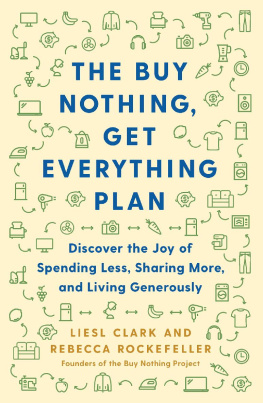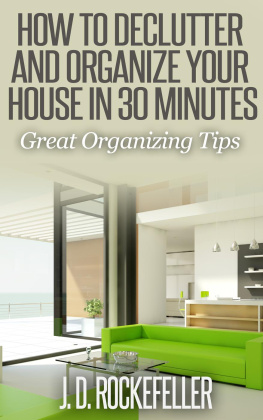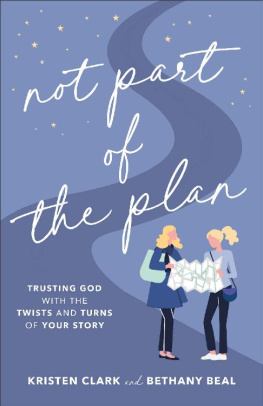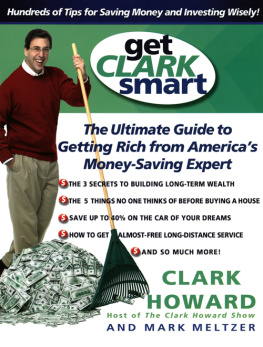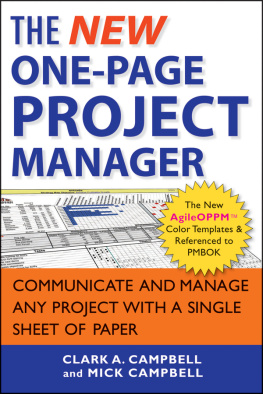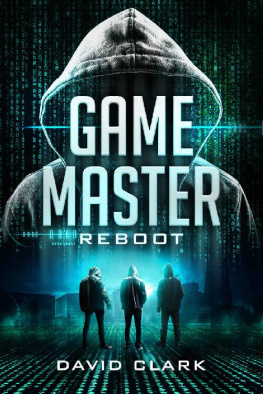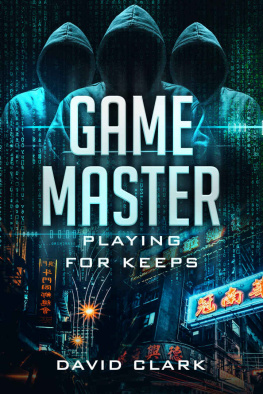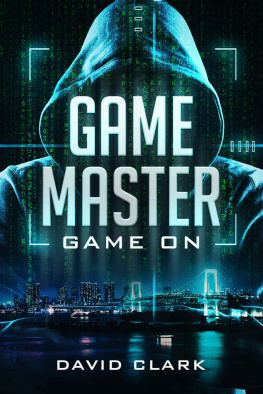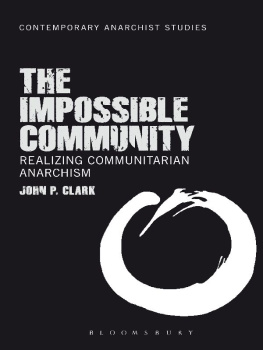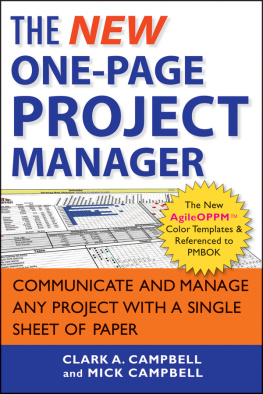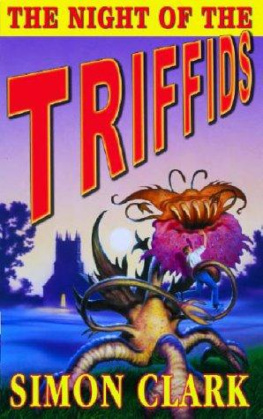
Thank you for downloading this Simon & Schuster ebook. Get a FREE ebook when you join our mailing list. Plus, get updates on new releases, deals, recommended reads, and more from Simon & Schuster. Click below to sign up and see terms and conditions. CLICK HERE TO SIGN UP Already a subscriber? Provide your email again so we can register this ebook and send you more of what you like to read. You will continue to receive exclusive offers in your inbox.

Dedicated to everyone who believes our money is best used on those things that build a healthy, joyful, and equitable world.
INTRODUCTION

How We Came to Buy Less and Share More
Our story begins on a clear day in mid-December, a rare break between winter storms, on a wild beach not far from our Pacific Northwest community.
With the sun low in the sky, the light a pale wintry yellow, we walked along the beach with our children, watching four pairs of tiny bare feet trip through the sand. Although we wore winter coats, the temperature was just warm enough for the kids to leave their shoes in the car, a welcome freedom from wool socks and rain boots. The kids tiptoed barefoot across the up-shore jumble of enormous Douglas fir and western red cedar driftwood logs as if on a tightrope, playing an imaginary game of circus acrobatics. The water here was cold and deep, with a strong current and whitecaps between us and the hazy outline of Seattles hills across the Salish Sea.
WeLiesl and Rebeccahad been close friends for a year, and our kids, ranging from ages four to seven, were often inseparable, spending their days exploring the outdoors. Their intrepid desire for exploration brought us to the wildest island shorelines we could find within after-school driving distance. Rebecca is a single mom with two daughters, Ava and Mira. Shes a blogger and social media consultant who comes from a family of activists and politicians fighting for the environment, and Liesl is a documentary filmmaker whose lens captures cutting-edge science and exploration for NOVA and National Geographic. Many of her projects involve travel with her two children, Finn and Cleo, and her husband, Pete Athans. With our shared love of adventure and the natural world, excursions to wintry beaches of this kind were a regular thing for us, and this one was just like any other, until Finn got a splinter, the downside of barefoot beach walks. Liesl removed the offending barb before any tears could break the happy tone of the day, but we noticed something else clinging to the bottom of his feet something that didnt belong. Tiny white balls of polystyrene foam and colorful minibits of plastic were lodged between his toes.
When we looked more closely at the sand beneath our feet, we found a couple of three-millimeter-wide plastic discs. (We later discovered these are called nurdles, and they are industrial feedstock for all plastic products.) It soon became clear that the discs made up an alarming percentage of the beach-scape that day. As the kids ran along the logs, yelling out with glee about their newfound game, refusing to touch the plaastic saand with their feet, we trained our gaze to look at what else was commingling with the sand, shells, driftwood, and seaweed around us. We found larger bits of plastic debris that were even more disturbing: syringes, a green army man that Finn was happy to add to his collection, coffee stirrers, PVC pipe, pens just like Cleos from home, light switch covers, a Mylar helium birthday balloon like the one that Ava lost at a friends party when it slipped free from her fingers the week before, cigarette lighters, a bright yellow baby toy just like one Mira remembered having, car bumpers, and tampon applicatorsobjects of our everyday lives, all made of plastic, all washed up on our shoreline.
Of course the plastic had been there all along; we just hadnt seen it until now. And once we saw it, we couldnt unsee it. All of these items, things we used and relied on every day, had made their way to our beaches and were hiding in plain sight, not so much overtaking the beach as actually becoming part of it.
We consider that daytwo years before we launched the grassroots and increasingly impactful Buy Nothing Project, which is now more than one million members strong with an astounding six thousand volunteersto be the very beginning of our Buy Nothing journey. We stumbled upon a seemingly small island story that was really a big global problem, and it inspired us to bring about social change to combat the reality of excessive waste and plastics in our environment.
What does it mean to Buy Nothing? Put simply, it is a philosophy that holds that the key to a joyful life of meaning and abundance on a healthy planet is to pursue every possible alternative before buying anything one wants or needs. This is a philosophy weve been bringing to life through the Buy Nothing Project, a social collective of local gift economiesan alternative to the market economy that most of us rely onin which neighbors share with neighbors, members ask for what they want instead of buying it, and members give away their gently used items instead of tossing them. What started as a revelation at the beach a few years ago has translated to neighbors in dozens of countries sharing their stuff and their talents locally, willingly staving off needless consumerism. But Buying Nothing means much more to us.
Buying Nothing is a shift in mind-set. Its a reminder of the truth in that old adage One mans trash is another mans treasure; that theres value in re-homing a once-loved, now unused item and giving it a new life, rather than condemning it to the attic or garage, or worse yet, the waste bin. In a sense, Buying Nothing is a shift back to the way of our grandparents, the way people lived in the age before one-click buying, when you called a neighbor if you ran out of sugar or were short on gas for the lawn mower.
Many of us have become unsatisfied, wanting much more than we need, forgetting the days when it was not only acceptable to wear your mothers or grandmothers wedding dress, but just how things were done. Our appetite for more is costing us a fortune, taking a toll on both our wallets and the environment. Discovering persistent plastics on our shoreline was a reality check for us, an urgent wake-up call to do something, anything, to start a conversation about our buying habits and, in turn, reverse the ever-growing trend of plastic pollution on Earth.
Some might say our dream of social change has come to fruition: weve launched a worldwide social movement of unrestrained giving and asking, receiving and sharing, all for free, with no strings attached. Buy Nothing has legs, and the positive side effects are addictive. In this new worldviewone based on a sharing-focused economyeveryone benefits, and anyone can take part: minimalists, maximalists, spendthrifts, community builders, and environmentalists alike. Our Buy Nothing experimentfeatured in the Washington Post , Mother Nature Network, Grist, Yahoo News, the New York Times , Australia Broadcasting Company, NHK Japan, CBC News, South China Morning Post , and on NPRis a true, modern gift economy model, a system in which goods and services are distributed as true gifts, freely given without any expectation of reward, never bartered, traded, or sold. Here, real sharing takes place, and no single person benefits above all. Each participant accrues social standing through their actions, and we each reap what we sow.
Next page
